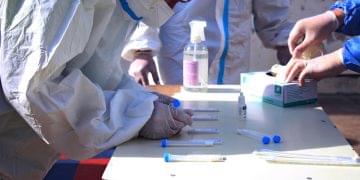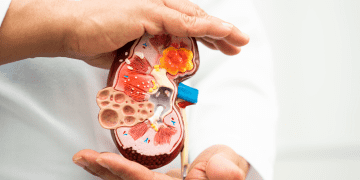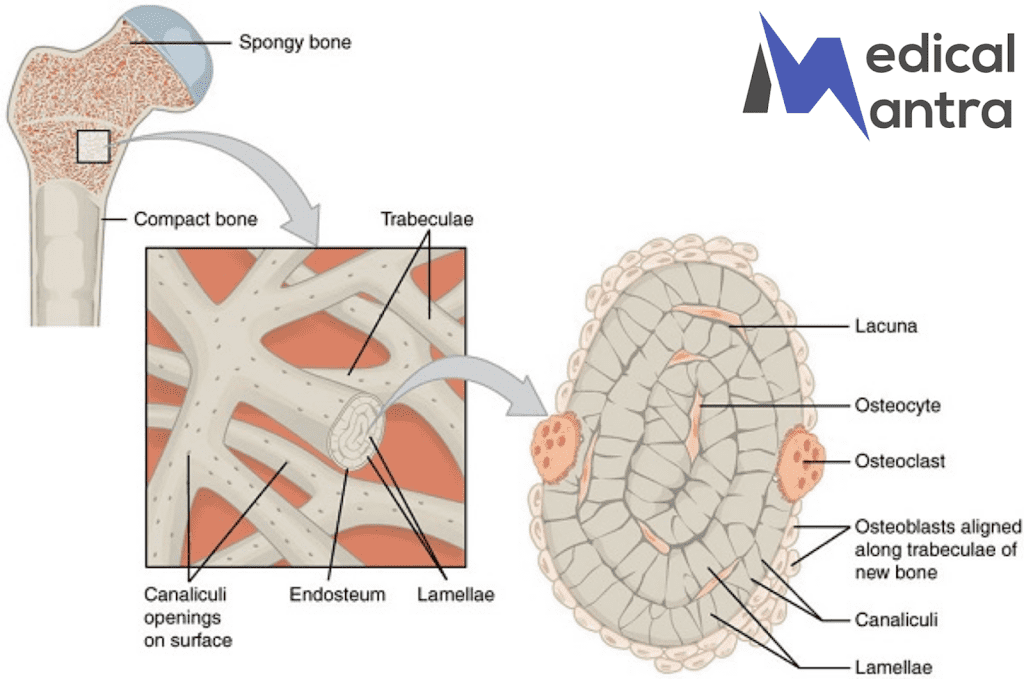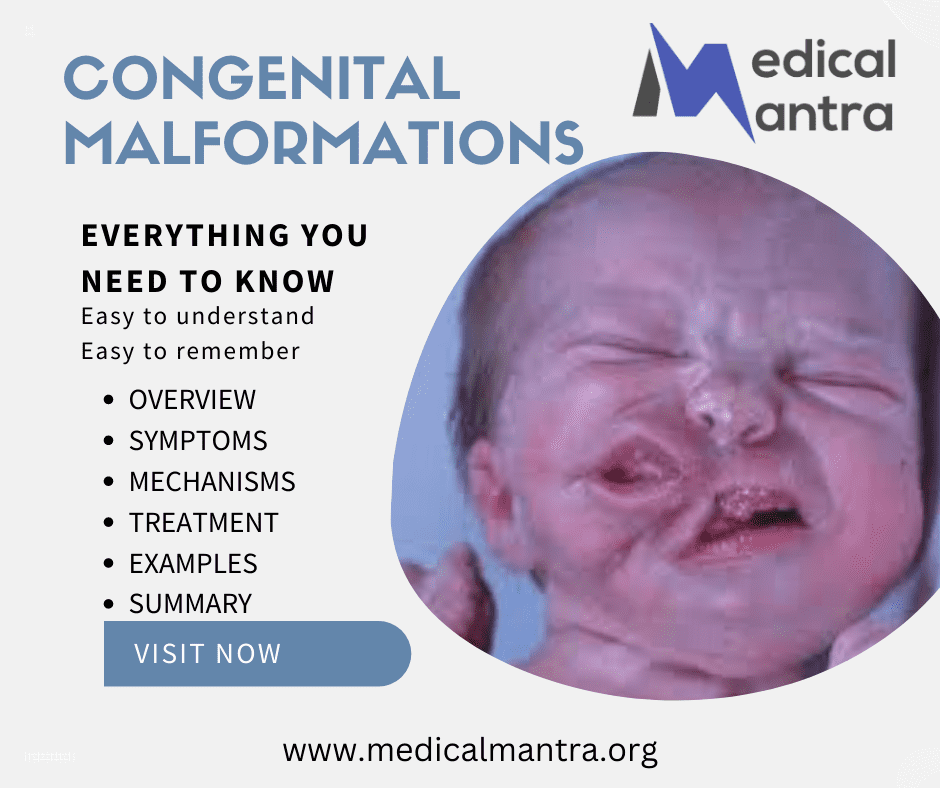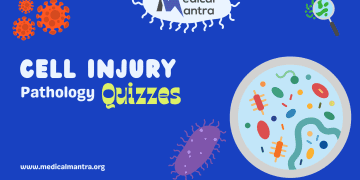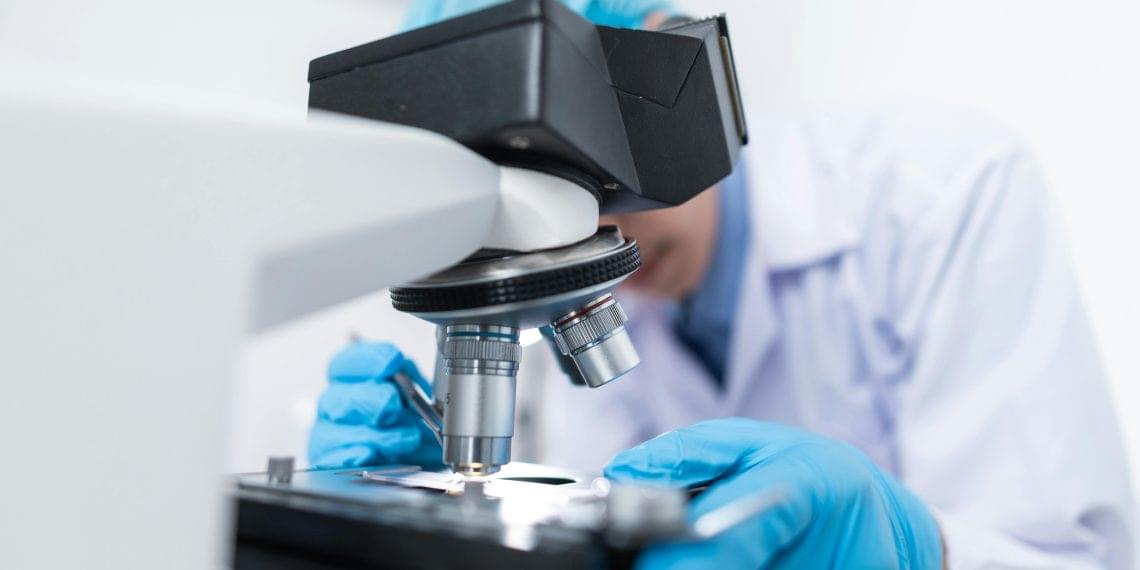Introduction to Neoplasia
Neoplasia refers to the pathological process of uncontrolled cellular proliferation leading to the formation of tumors. These growths arise from the abnormal division of cells which, depending on numerous factors, manifest either as benign or malignant entities. This classification primarily hinges on cellular composition and the interaction between the neoplastic cells and their surrounding stroma.
Table of Contents
Characteristics of Tumor Cells
- Consistency and Palpability: Tumors may present as soft or firm masses. A soft texture generally indicates benign nature whereas firmness, particularly when coupled with irregularity, suggests malignancy.
- Desmoplasia: This refers to the fibrous tissue matrix that evolves as a response to the neoplastic cells. More aggressive tumors often induce a pronounced desmoplastic reaction, contributing to the hardness of the tumor.
Components of Tumors (Neoplasm)
Tumors are fundamentally composed of two elements:
- Tumor Cells: The actual neoplastic cells.
- Fibrous Stroma: The supportive tissue which is either created by the tumor or preexisting.
Exemplary Neoplasms:
- Desmoplastic Tumors: Tumors like cholangiocarcinoma and pancreatic adenocarcinoma are notorious for their extensive desmoplastic response.
Taxonomy of Neoplasms
Neoplasms can be systematically classified into several categories:
- Benign Tumors: These are non-cancerous growths confined to their original location without invasion into surrounding tissues.
- Malignant Tumors: These are cancerous growths capable of invasion and metastasis, posing significant health risks.
- Teratomas and Mixed Tumors: These represent complex growths composed of various cell types.
Benign Tumors
The suffix ‘oma’ is generally indicative of a benign tumor, with classifications based on the origin of the tumor cells:
- Lipoma: Arises from fat cells.
- Fibroma: Originates from fibroblasts.
- Osteoma: Develops from bone cells.
- Adenoma: Forms from glandular epithelium.
Specific Cases: Papilloma vs. Polyp
- Papillomas: Characterized by surface projections resembling fingers; typically seen in skin lesions.
- Polyps: Similar in morphology to papillomas but are found in internal organs like the intestines.
Exceptions to Nomenclature While ‘oma’ usually denotes benignity, there are notable exceptions:
Chloroma (AML): Represents a malignant growth associated with acute myeloid leukemia, particularly noted for its greenish hue due to myeloperoxidase.
Lymphoma: Despite its suffix, it is a type of lymphatic cancer.
Melanoma: A highly malignant skin cancer.
Seminoma: A malignant tumor derived from testicular germ cells.
Teratoma: Can be benign or malignant, often arising in the ovaries and noted for its varied tissue composition.
Oncogenesis in Malignant Tumors:
These tumors arise from a diverse array of tissue types, each with unique malignant potential:
- Carcinomas: Include varieties such as Squamous Cell and Transitional Cell Carcinomas, originating from epithelial tissues.
- Sarcomas: Encompass tumors like Osteosarcoma, Liposarcoma, and Chondrosarcoma, derived from mesenchymal tissues.
- Notable exceptions in naming include Myosarcomas, such as Leiomyosarcoma affecting smooth muscle and Rhabdomyosarcoma implicating skeletal muscle tissue, both classified under the broader sarcoma category due to their aggressive behavior.
Teratomas – Eclectic Germ Layer Tumors:
- These complex neoplasms are composed of cells from multiple germ layers (ectoderm, mesoderm, and endoderm), reflecting their pluripotent origin.
- Their classification as benign or malignant hinges on morphological findings such as the presence of mature tissues or malignant elements, which can often be discerned through features like the Rokitansky protuberance seen in ovarian teratomas.
Mixed Tumor Variants:
- Exemplified by Pleomorphic Adenoma, these tumors amalgamate both epithelial and mesenchymal (chondromyxoid stroma) elements, showcasing their diverse cellular lineage.
- Such growths, often referenced as Triphasic Tumors due to their multi-tissue composition, present complex diagnostic challenges and are pivotal in studies like those concerning Wilms’ Tumor in pediatric nephrology.
Hamartomas
Specific benign tumors are attributable to genetic anomalies, particularly aberrations in Chromosome 6.
These are non-cancerous malformations featuring disorganized but mature cell types native to the affected area, often mistaken for malignant growths due to their size and appearance, yet typically devoid of neoplastic tendencies.
exemplified by conditions such as Pulmonary Hamartoma, alternatively classified as Chondroma due to its cartilaginous texture.
Choristoma
Distinguished from typical neoplasms, choristoma is defined by the ectopic proliferation of tissue that is normal in composition but abnormal in location, such as pancreatic cells found on the gastric wall, challenging typical diagnostic paradigms.




